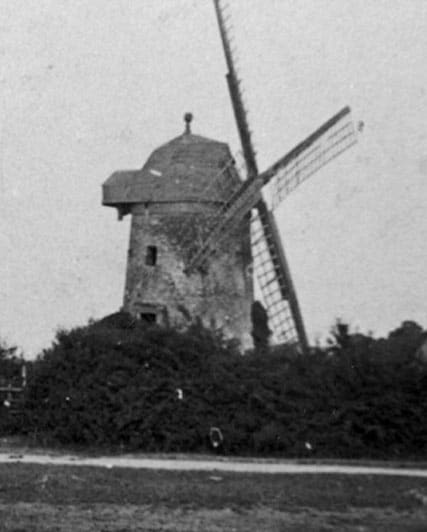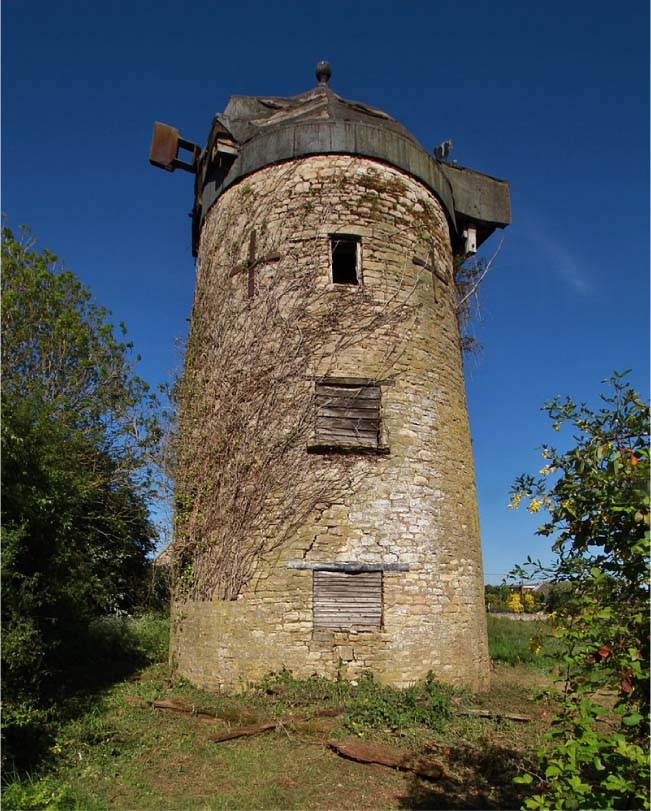About North Leigh Village
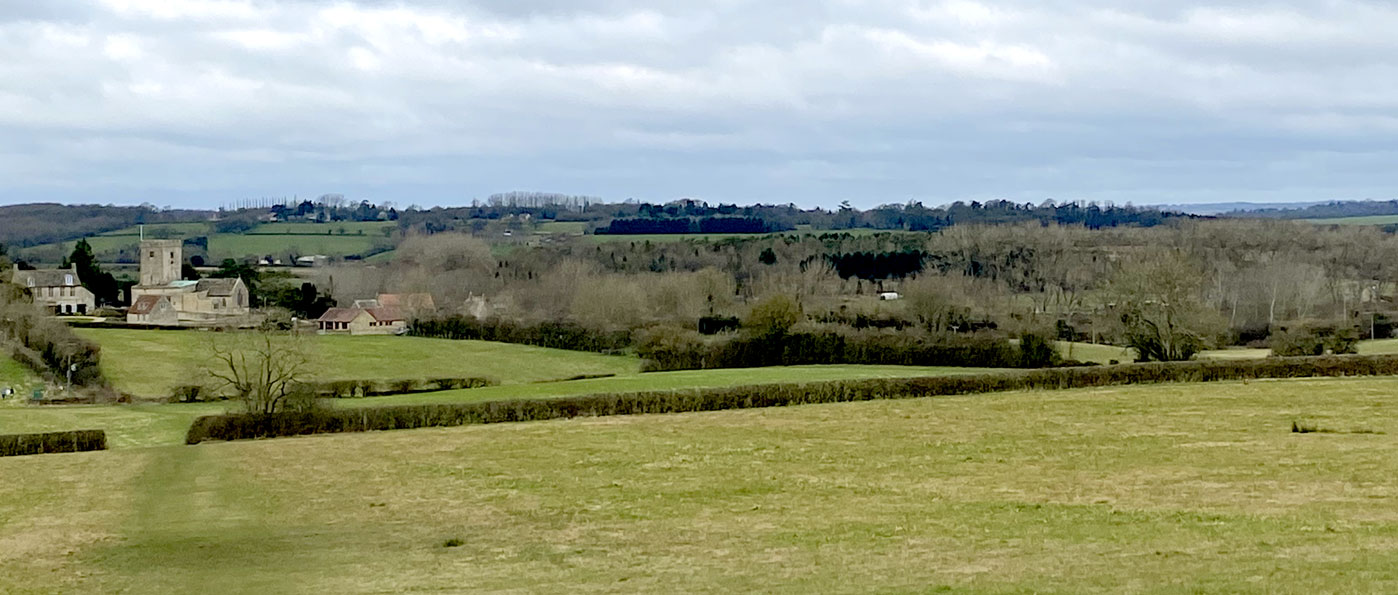
Leigh was the original name but it was later renamed North Leigh to differentiate it from South Leigh. The name comes from Leah meaning a wood pasture, a mixture of woodland and pasture used for grazing animals. Due to grazing and browsing, the area was gradually cleared and settlement began. The parish boundary between the village and Witney is still that of a Charter laid down in the 10th century.
Ancient History
The area has been inhabited for thousands of years. Archaeologists have found evidence of a Neolithic burial at the end of Green Lane (formerly Wood Lane and then Puddle End Lane). There are two Iron Age sites (one named Green Wood Fort in Eynsham Park and another under the Roman Villa at East End. Grimm’s Ditch ( to the West of Common Road) is a boundary said to be made in the Iron Age but now thought to be of Romano -British construction. There is another Roman villa (the Shakenoak one) on the side of Green Lane which has been excavated several times but remains covered over.
There are signs of a lost Anglo Saxon village in Field Farm, St. Mary’s Church tower is of Saxon origin and in 1928, Anglo Saxon graves were discovered by the side of the road to Wilcote. All the finds from these graves are in the Ashmolean Museum.
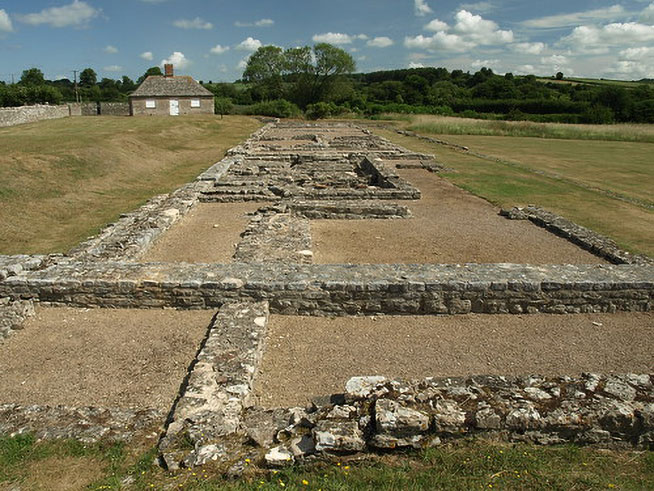
Village History
The village is mentioned in the Domesday book as is also Wilcote. The village and church was given as part of the Honor of St. Valery in France. In the 13th century, Lieu Dieu Abbey sold the tenancy to Netley Abbey in Hampshire. After the Dissolution of the Monasteries in 1536, the tenancy passed to the Crown who gave it to Sir Thomas Pope where it remained until the 17th century when it was sold to the Perrott family (Perrot’s Hill Farm). In the 18th century, the manor of North Leigh was sold to the Duke of Marlborough who still owns the mineral rights under the freehold houses in the village.
In Mediaeval times, there was an open field system of farming around the village, strips of land being given to villagers according to their status. On Dissolution, the Crown passed the manor of North Leigh partly to Bridewell Hospital in London and Bridewell Farmhouse was built in the 18th century (hence Bridewell Close). When Simon Leigh-Perrott inherited the manor, he began to pressure for enclosure of the open fields and was supported by Bridewell Hospital.
Eventually enclosure began in 1759. This provoked riots by the villagers and fences and gates were broken. A militia of 140 soldiers was sent to North Leigh and barracked in the village. The Riot Act was read by the Justices.

Churches and Abbeys
St. Mary’s church of Saxon-Norman construction was heavily restored in the 19th century by G. E Street. It is noted for its beautiful Wilcote chapel which has a fan-vaulted roof. It was built in the 15th century with money given by Lady Elizabeth Blacket to provide a chantry chapel in memory of her husbands and her sons, who were killed in the battles in France . Her first husband was Sir William Willicotes from Chastleton. He represented the County in Parliament and became High Sheriff also.
The church has a restored ‘Doom’ Painting. The Perrott aisle was built in the 18th century and the coffins of the Perrott family are to be found under the floor. Through the years, tithes from the Church lands have passed through the hands of Netley Abbey, Osney Abbey and Hailes Abbey in Gloucestershire.
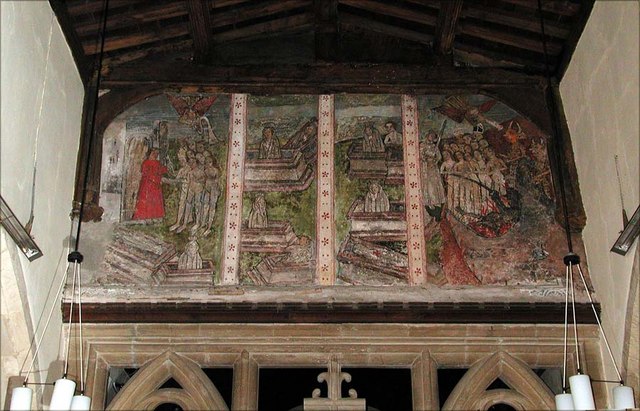
Royal Jewels
In the Civil War, the soldiers of King Charles, whilst on their way to Burford, camped on the Common and he stayed at the house on Perrott’s Hill. The King gave a ring to one of the Perrott daughters and a pendant to another daughter, each of the jewels to be passed down the female line. The ring is still in the possession of the Perrott family.
School & Hall
The school for 140 children was erected in 1838 on land given by the Duke of Marlborough. A new school was built in Park Road in the late 1960’s.
The first World War saw an upheaval in the village when a number of men died and James Mason gave land for the building of chalet type bungalows in Park Road to help with the housing of returning soldiers. He loved the Swiss chalets that he had seen on holidays and provided Swiss moss for the roof insulations. One of these bungalows became the old Memorial Hall, the money for building this was raised by public subscription in memory of the fallen men. The Hall was refurbished in 1977, demolished in 2004 and rebuilt to include a youth centre. The Youth Centre was built using £50,000 of European money. The new Memorial Hall was opened by David Cameron, the local M.P. at the time and former Prime Minister.
Iconic Windmill
A notable landmark in the centre of the village is a windmill. This was built in 1833, refurbished in the 1930’s but became derelict after the roof was removed by the Home Guard to use as an observation post in World War 2.
There is far more to the history of North Leigh such as the history of Eynsham Hall and it’s uses, including a maternity hospital! Why not join the local History Group and learn more.
